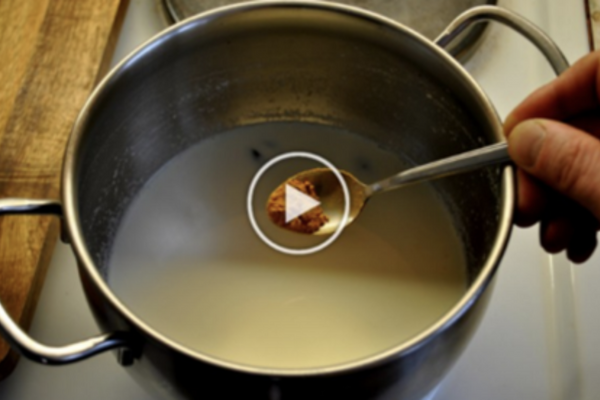If you have type 2 diabetes, your diet is one of the most important things you can do to manage your condition. There are certain foods that you should avoid and others that you should include in your diet.

Some of the foods to avoid include sugary drinks, white bread, white rice, and processed meats. You should also limit your intake of saturated and trans fats.
Instead, include high-fiber vegetables, low-glycemic fruits, lean protein sources, and healthy fats. These foods contain essential nutrients and fiber that can help regulate blood sugar levels.
There are a few things to keep in mind when following a type 2 diabetes diet.
First, it is important to include plenty of fresh fruits, vegetables, and whole grains in your diet. These foods contain essential nutrients and fiber that can help regulate blood sugar levels.
Second, you should limit your intake of processed foods, saturated fats, and sugary drinks. These foods lead to increase in blood sugar levels and might cause weight gain.
Third, always see to that your diet contains good amount of protein in your daily intake. Protein helps the body to repair and build tissue, and it also helps regulate blood sugar levels.
Finally, keep yourself well hydrated by consuming plenty of water throughout the day. It may sound weird, but as per study many fail to follow this simple rule. Water helps to flush out toxins and allows the body to absorb nutrients more effectively.
It is also important to watch your portion sizes and to limit your intake of sugar and salt. You should aim to eat three small meals per day and to space out your meals evenly throughout the day.
By following these tips, you can create a healthy and balanced diet that will help you manage your type 2 diabetes.
If you are having trouble sticking to a healthy diet, there are a few things you can do to make it easier. Meal planning can help you to stay on track by making sure you have healthy food options available. There are also a number of diabetic-friendly recipes available online that can help you to stick to your diet.
Make sure to speak with a registered dietitian or certified diabetes educator before making any changes to your diet. They can provide you with individualized advice that is tailored to your specific needs.
